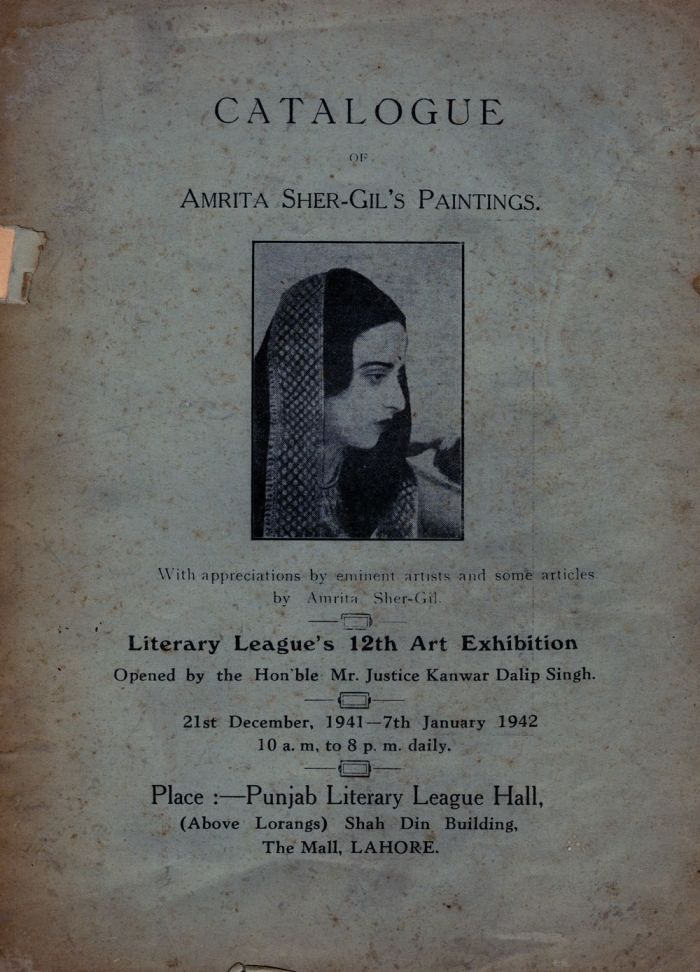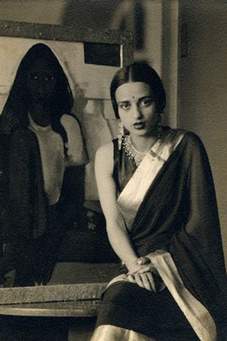ON RAVI ROAD A CREMATION PLACE IN LAHORE FOR HINDU LADIES – WAS MS AMRITA SHER GIL CREMATED HERE? RESEARCH REQUIRED!

The ladies of the area recall the acute burning smell of human flesh in the area. It was a place made in 1901, for the cremation of Hindu ladies of Lahore. Opposite is the European Cemetery of Lahore, made after 1849, and having graves even today dating to 1852. On the other side in Minto Park, was the Towers of Silence of the Parsees in Lahore. The Zoroastrians graveyard. Then it was shifted to Gulberg, Lahore. Once upon a time the river Ravi ran right there and then it became stagnant, and was named as Buddha Darya. In the vicinity many years back a boat was discovered. On this bank was the area (takia) of the Patrangahs the dyers of clothes in Lahore. This was their work place on the banks of river Ravi. Their Mohalla was inside Bhatti Gate, Lahore. Once upon a time Emperor Akbar’s ships traversed the river Ravi. It was intact some years back, although inhabited by immigrants from India. A chabara of red stone in the front. There was an inscription on the main gateway. It specified its history as Radha Kund. The inscription is interesting reading.

It says that this cremation site was erected by Mohan Lal and Lal Chand, sons of late Rai Munshi Gulab Singh, in memory of their beloved mother Shri Mati Radha Devi, in the year 1901. Rai Munshi Gulab Singh was a famous publisher of Lahore, who published many books in different languages. In fact, there is even a medal named after him in the University of the Punjab, given even today. In a city with a recorded history of more than 1000 years, this is plainly a modern era. But can one imagine the thousands of Hindu ladies who were cremated here. For us there is a clear possibility that Amrita Sher Gil was also cremated here. After all this is Ravi road, and these are the banks of old river Ravi, and it was the main cremation place of Hindu ladies of Lahore. In fact, outside the city walls, one still comes across pots, filed with the ashes of the Hindus of Lahore. Amrita died on Saturday, 6th December, 1941, at 1.30 am. That means 12 pm had passed, and the new day had begun.
That very day there was an appointment Amrita had made with M.A. Rahman Chughtai, to see him in his studios. Chughtai Sahib waiting for her to appear, heard the news of her death. His condolences were published many places, basically in short it was:
“I did not believe that she had died. And I still do not believe it. She is living and will ever live.”
M.A. Rahman Chughtai was introduced to Amrita by her father Umrao Singh Sher-Gil. Umrao Singh was a valued and respected friend of the artist. In the meeting Dr Allama Iqbal was also there and he too, was introduced to Amrita. The father, Umrao Singh expressed high hopes for her. The father was a specialist on Omar Khayyam as well as on Sufi poetry and Chughtai had many discussions with him. When Amrita Sher-Gil came to settle in Lahore, and wanted to hold an exhibition here, people co-operated with her. And the show was held after her death. The death was on 6th December, the exhibition was held on 21st December, 1941. A rare exhibition show in Lahore. It is a strange anomaly that her dead body must have passed right in front of the house of the artist. In fact, a journey she could not make while alive, but her dead body traversed the same route. Indeed, a spiritual journey.



Clarifying history is important.
Punjabi from Lahore not mentioned in Indian chronicles. Daughter of a famous Sikh.
Sikhs realize the opportunity they lost in 1947 art brings closer nations
Every nation different ideas
Dust to ashes that’s life